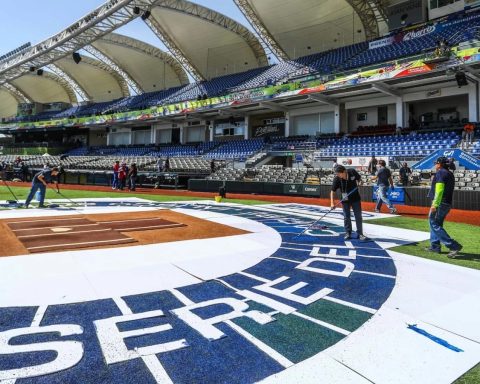MIAMI, United States. — On November 12, 1648, Juana Inés de Asbaje Ramírez de Santillana, better known as Sor Juana Inés de la Cruz, was born in San Miguel Nepantla (Mexico).
Recognized as one of the most important female literary figures of the 17th century, the literary work of Sor Juana Inés de la Cruz is made up of poems, Christmas carols, prose, theatrical comedies and other religious works.
His poems, in particular, show an important influence of Spanish baroque literature, which he knew how to accompany and enrich with all the knowledge he accumulated throughout his life, which is why it is characterized by the use of literary figures, mythological references, among others.
The works of Sor Juana Inés de la Cruz were published and read in Spain, where she generated great amazement among her readers thanks to her creativity, curiosity, knowledge and her philosophical interpretation.
Many of the data we have about the life and work of Sor Juana Inés de la Cruz were compiled by Diego Calleja, who was the first biographer of the nun and poet, although subsequent investigations question the veracity of the data that the biographer provided. about.
Sor Juana stood out throughout her childhood for being a girl with great intellectual abilities, among which it is worth noting that she learned to read and write when she was three years old, and that at eight she wrote her first composed praise to the Blessed Sacrament with verses both in Spanish and in Nahuatl, a language he learned alongside the slaves on his grandfather’s farm.
Between 1663 and 1665, she was admired for her literary skills, intelligence, and extensive knowledge, which allowed her to enter the court of Viceroy Antonio Sebastián de Toledo, Marquis of Mancera, and his wife, Viceroy Leonor de Carreto.
During that time, Sor Juana had the viceroy as patron, which allowed her to further develop her literary abilities by writing sonnets, poems, among other writings that were commissioned on many occasions.
Sor Juana Inés de la Cruz preferred to lead a religious life than to form a marriage, apparently, within a convent she could continue to enjoy the possibility of learning and expanding her knowledge without major limitations.
In 1667 Sor Juana decided to enter the Carmelite convent, which she left very soon due to health problems. Some time later she entered the Order of Saint Jerome definitively, where she lived in an individual cell and comfortable space.
In this order Sor Juana had the opportunity to continue her studies, scientific research, write various texts, compose songs, write plays, receive visits from friends and hold gatherings with other intellectuals and poets, and carry out various activities. In her cell, she could even constitute an important library.
Receive information from CubaNet on your cell phone through WhatsApp. Send us a message with the word “CUBA” on the phone +525545038831, You can also subscribe to our electronic newsletter by giving click here.

















